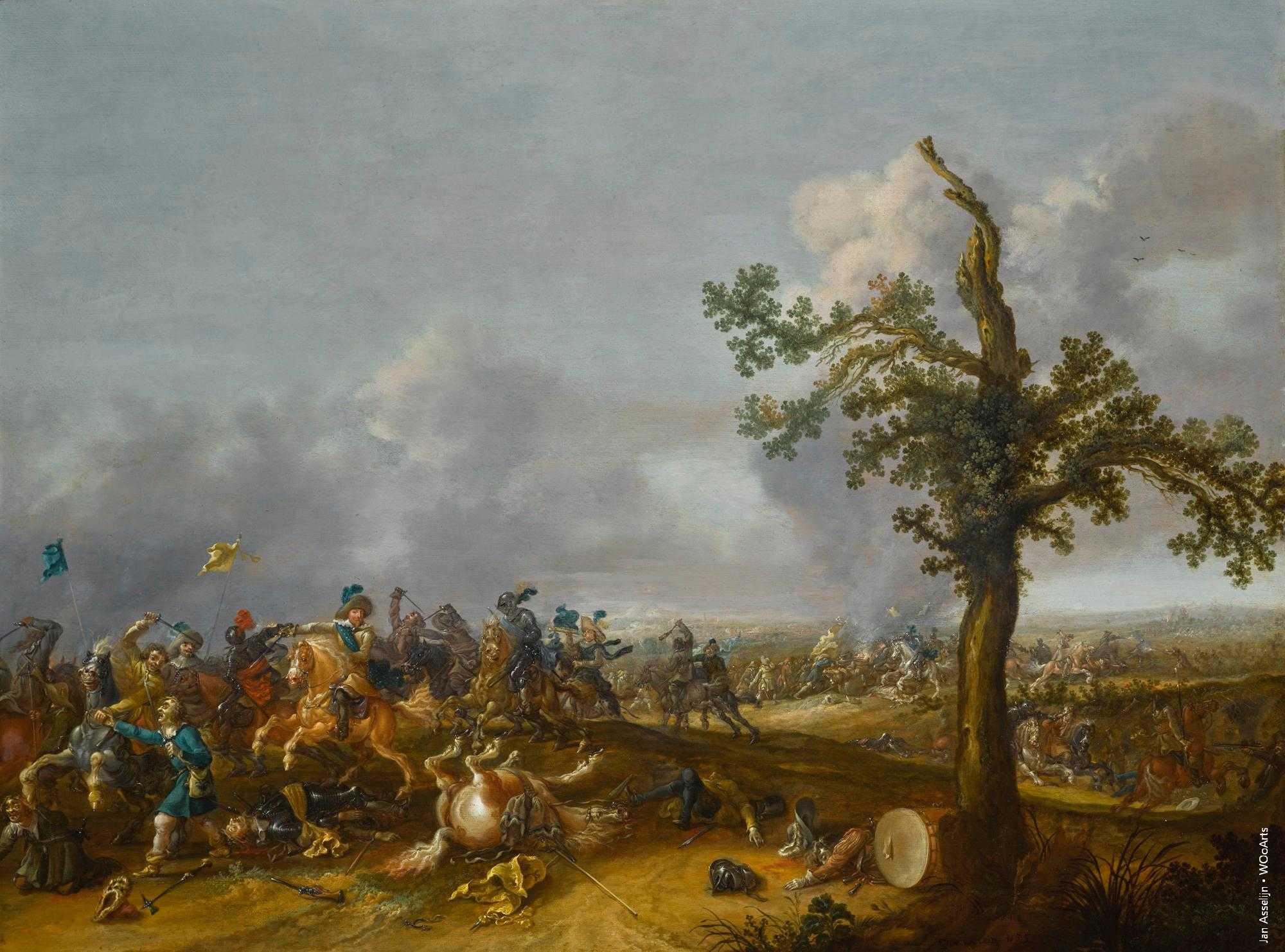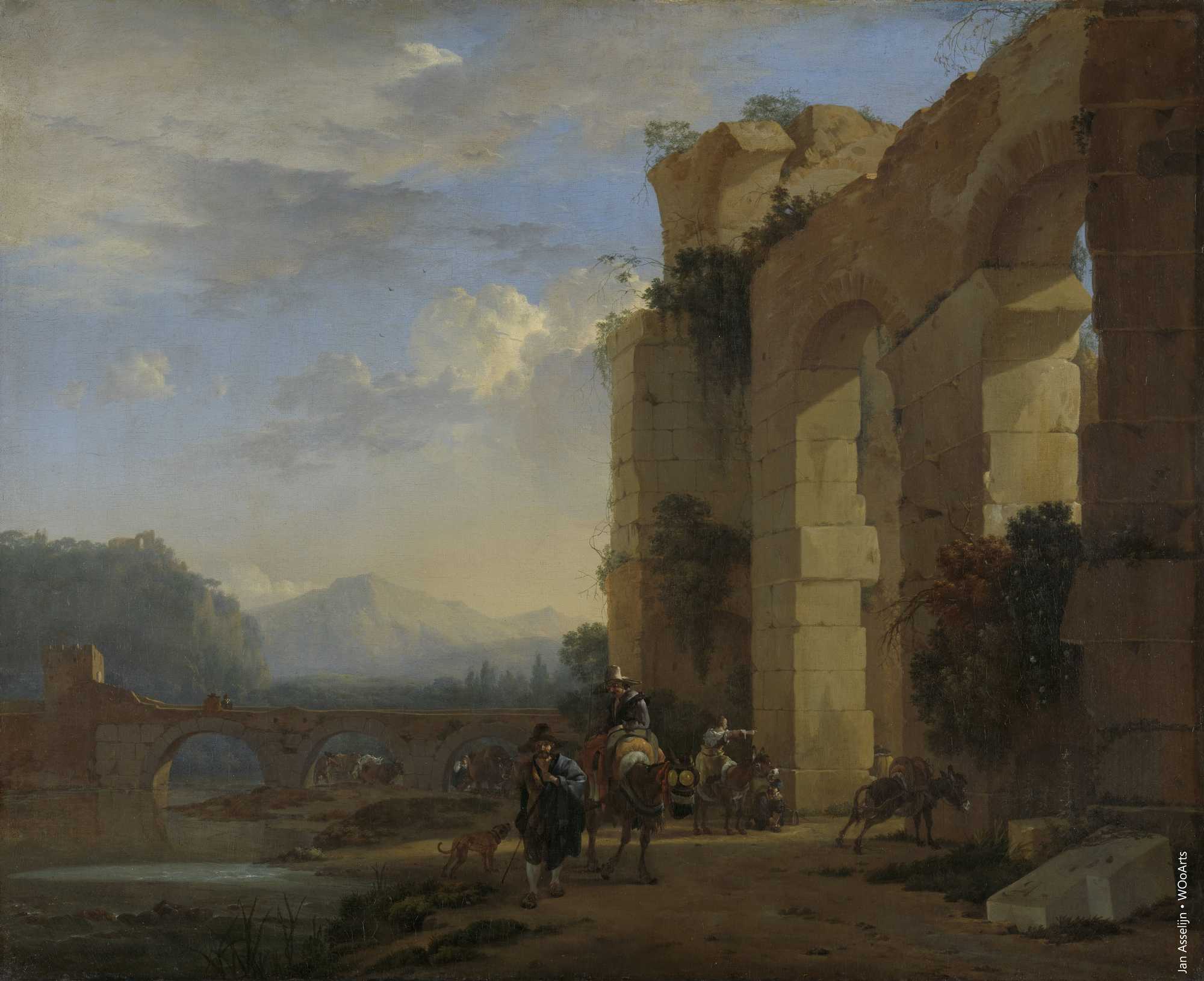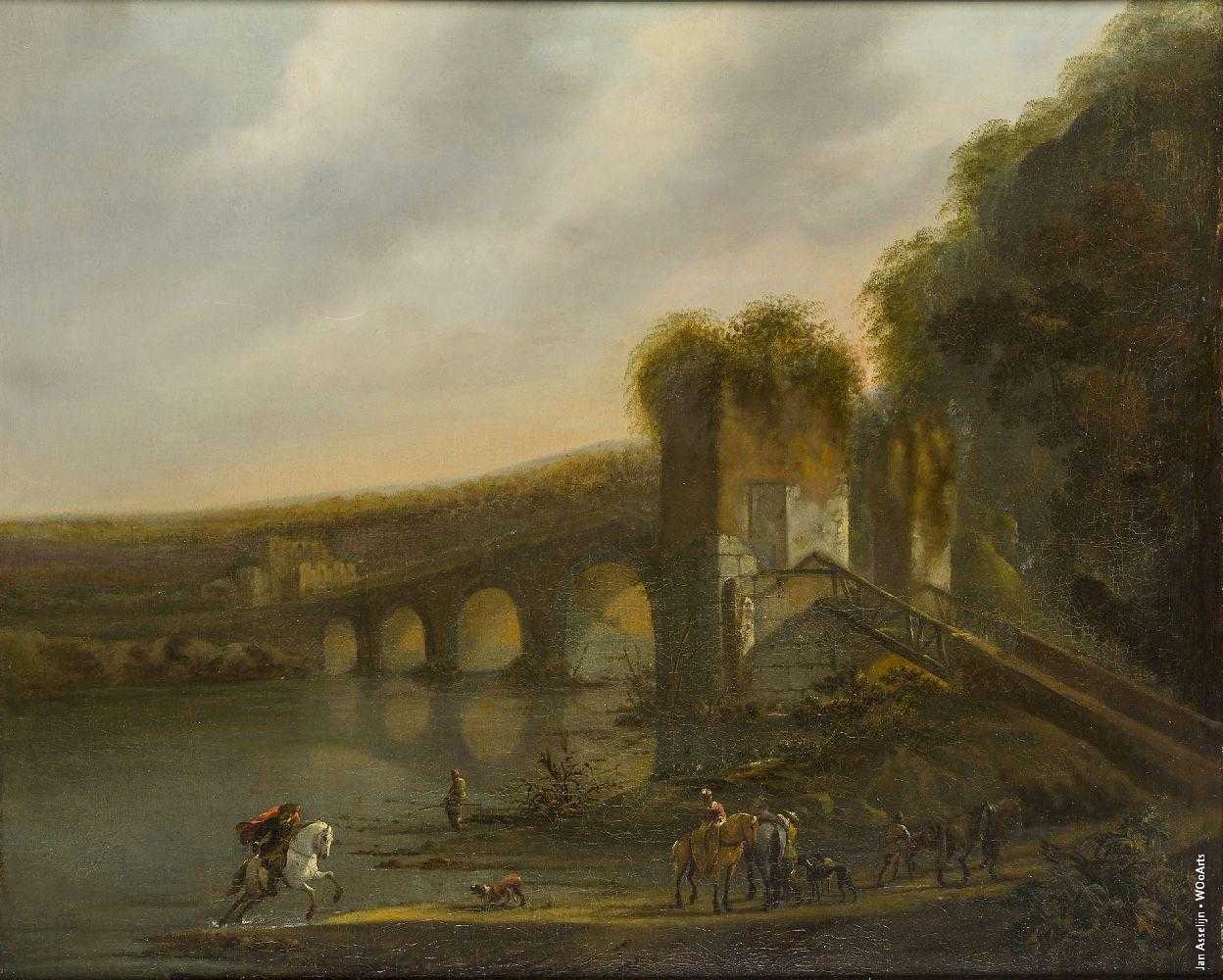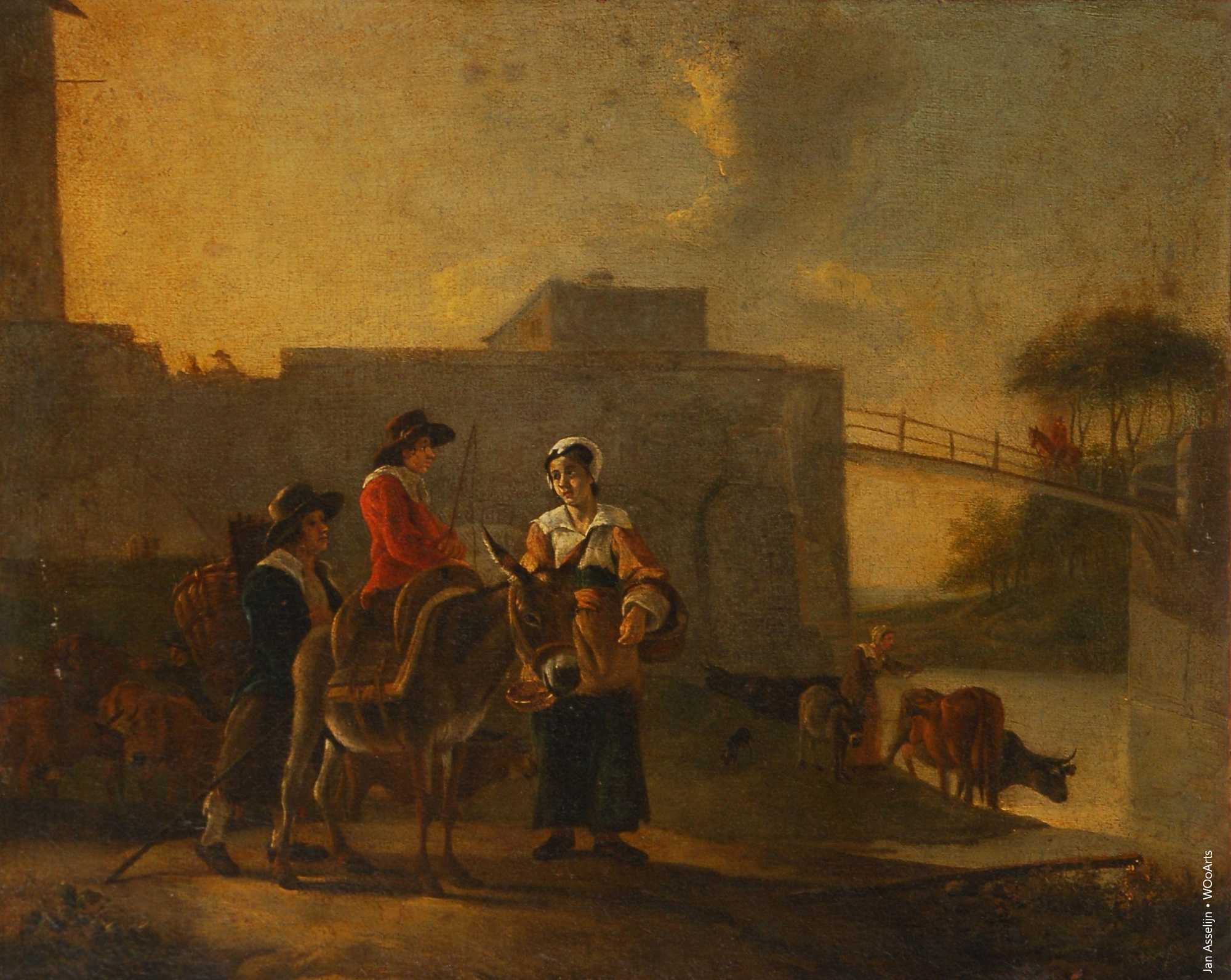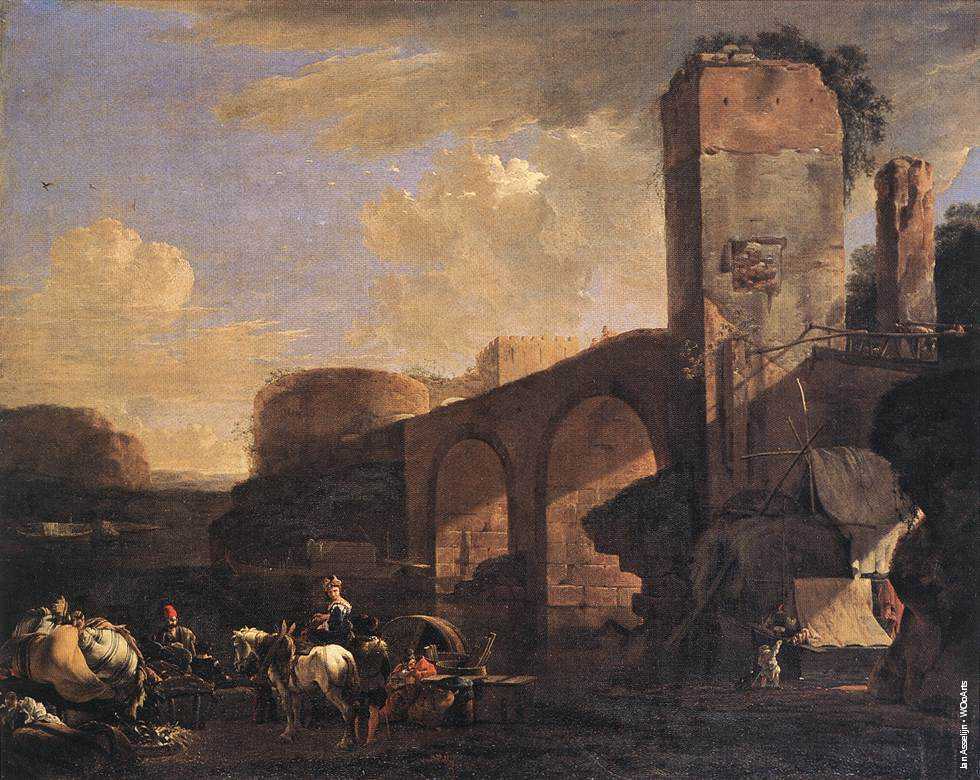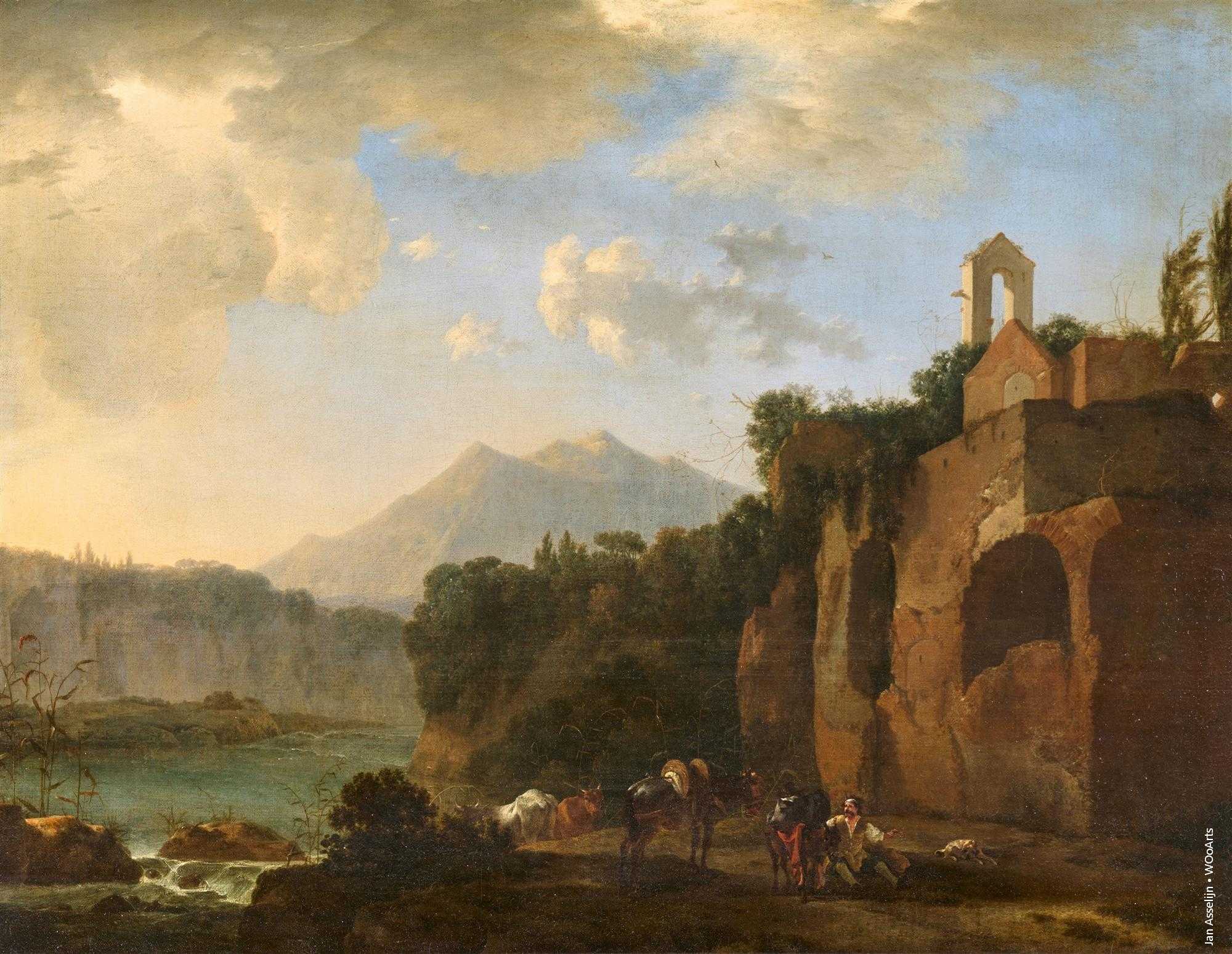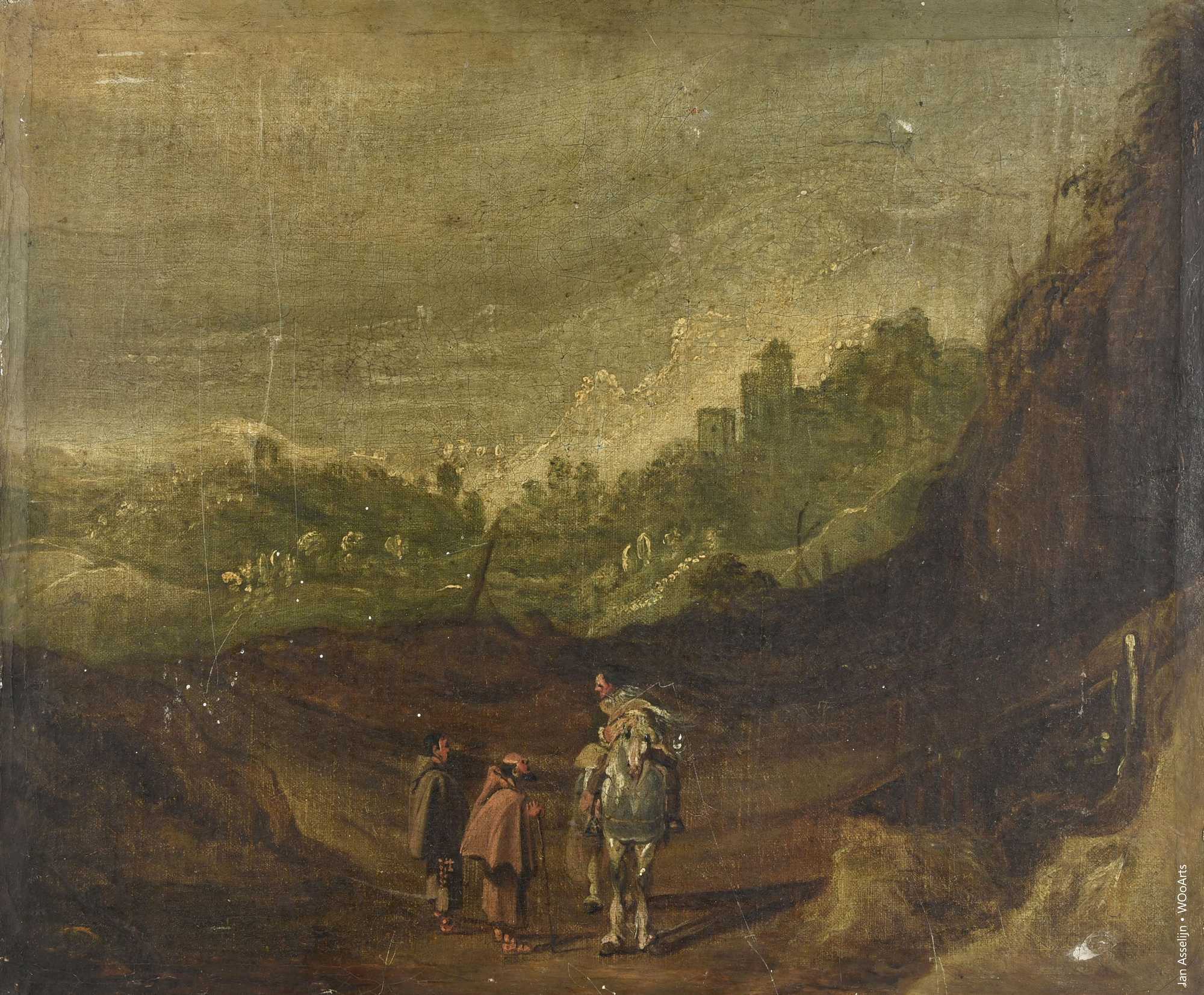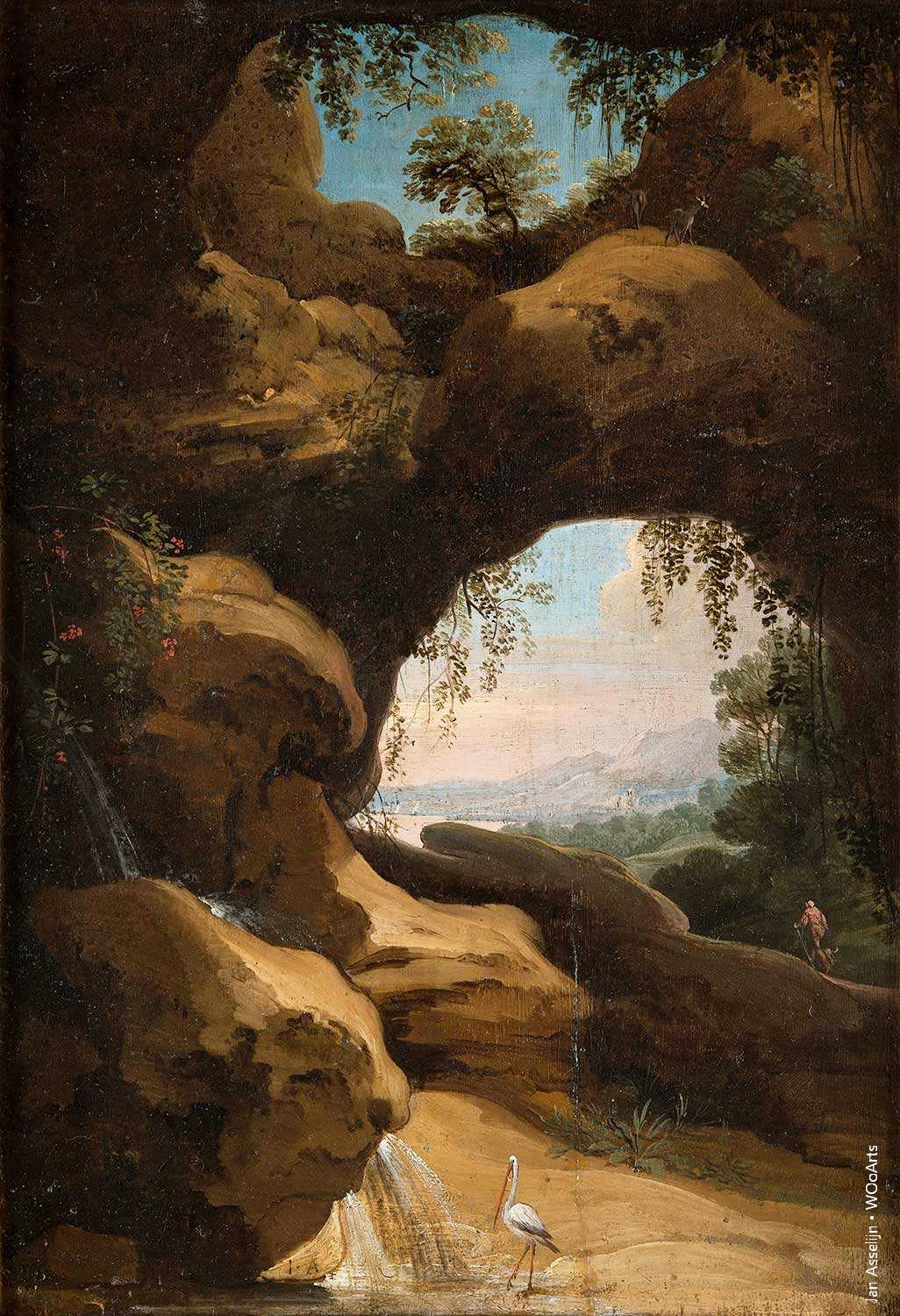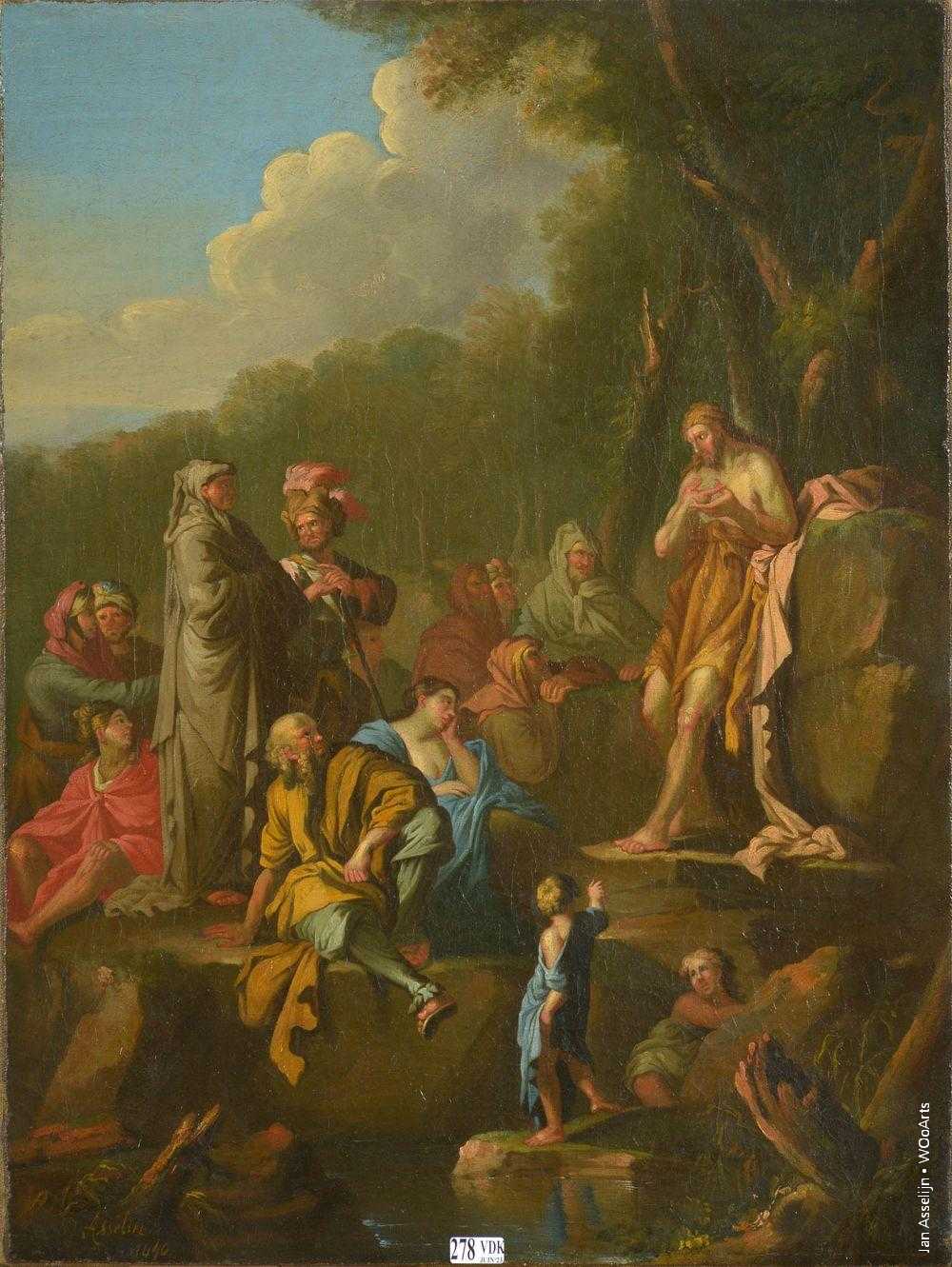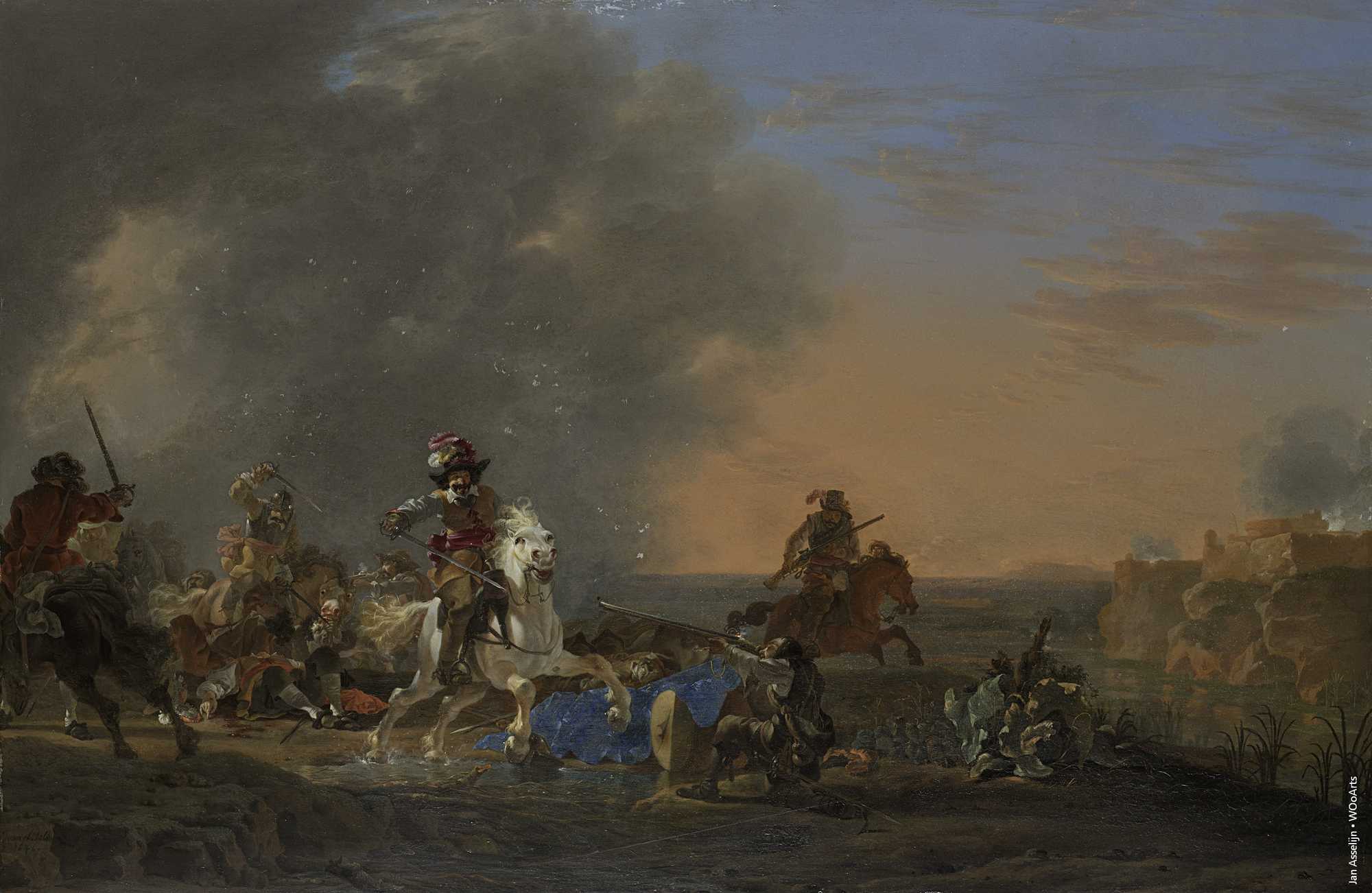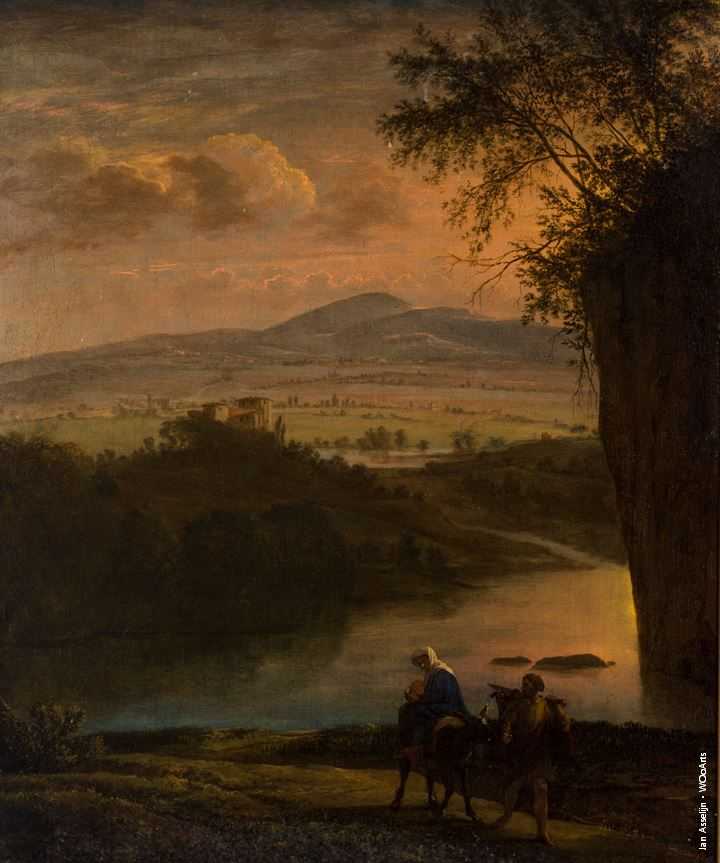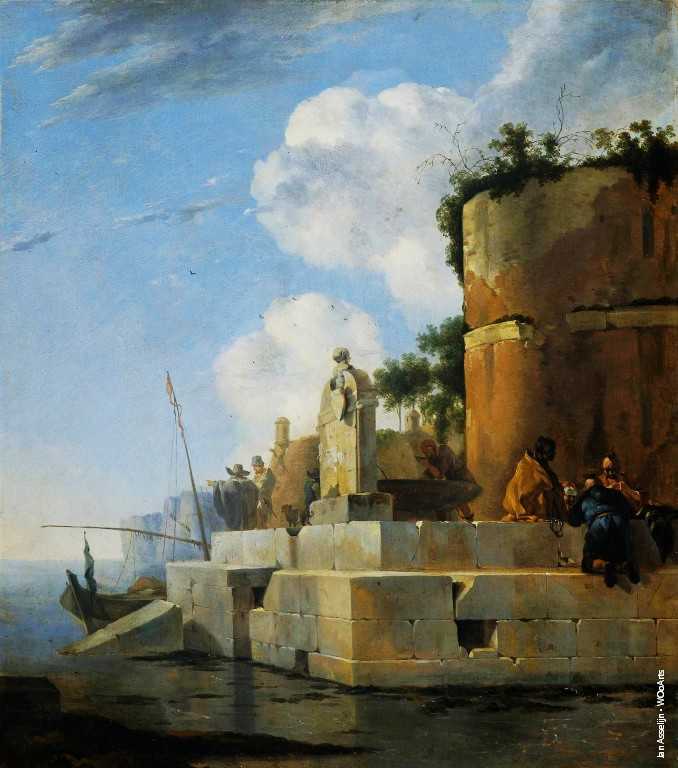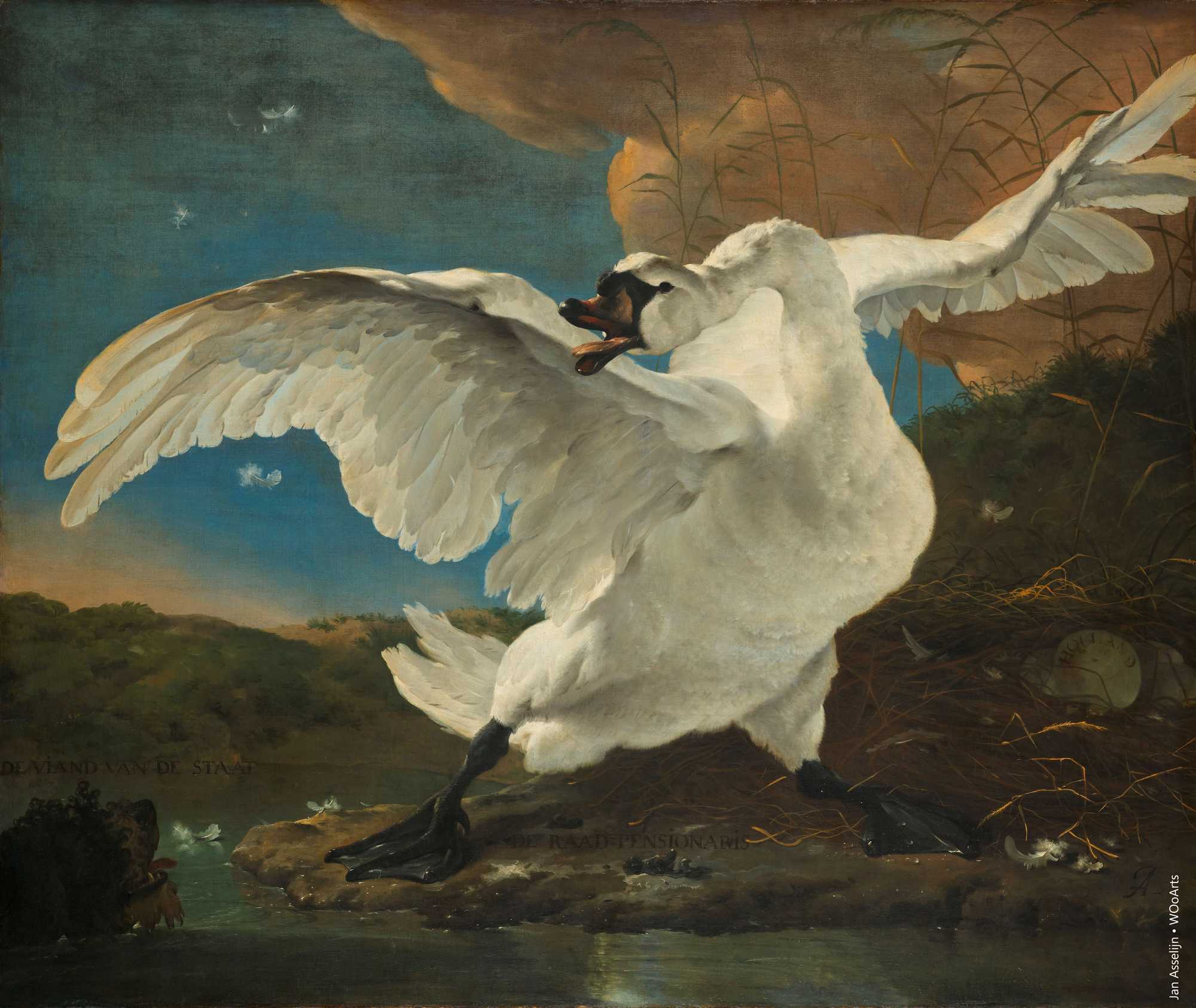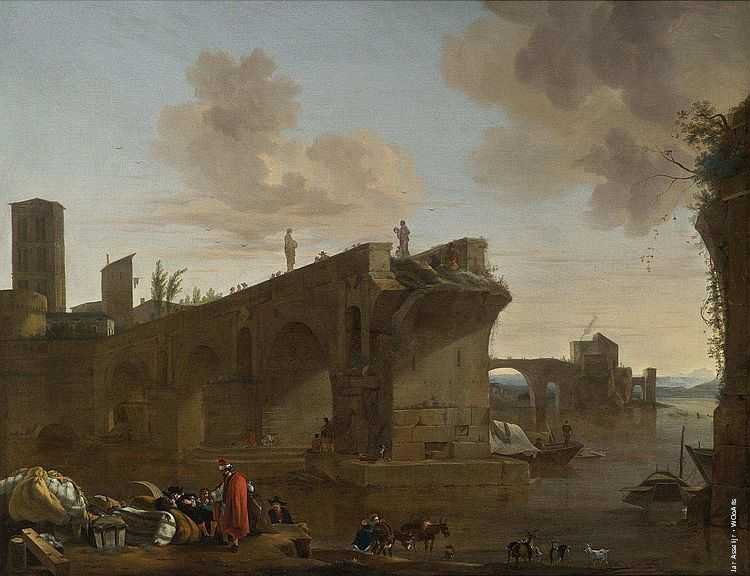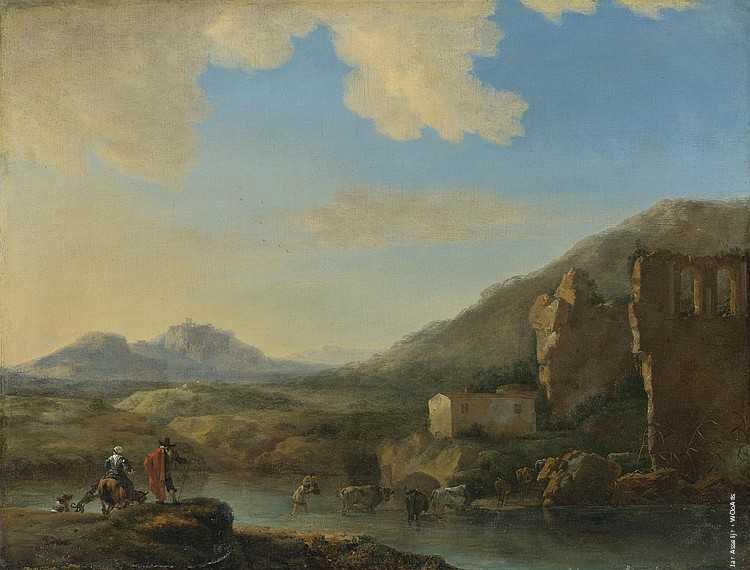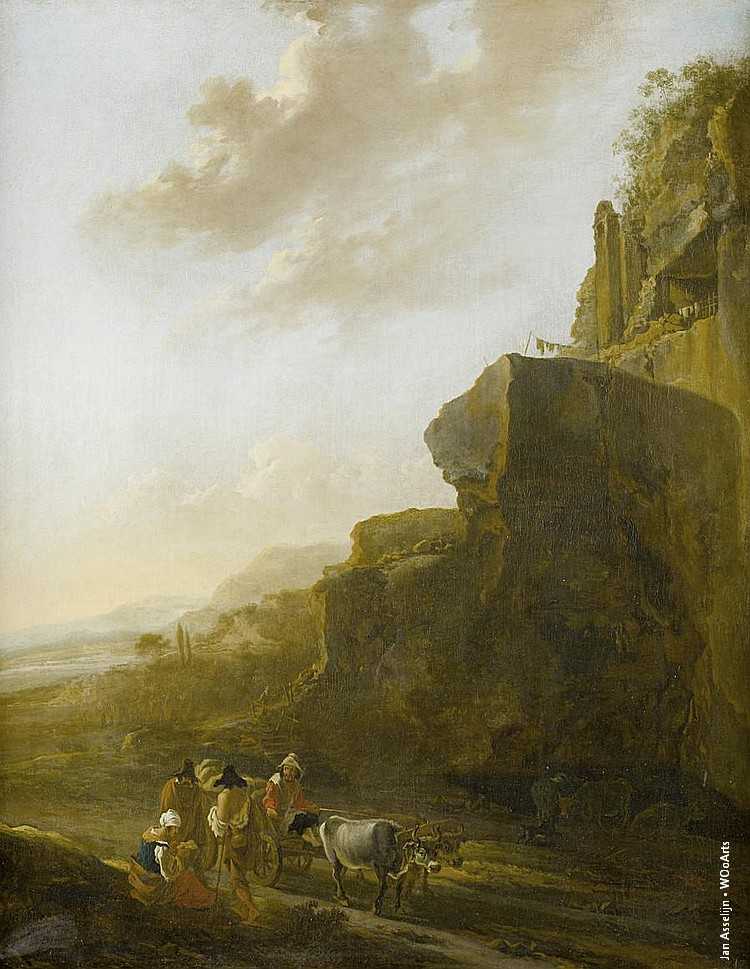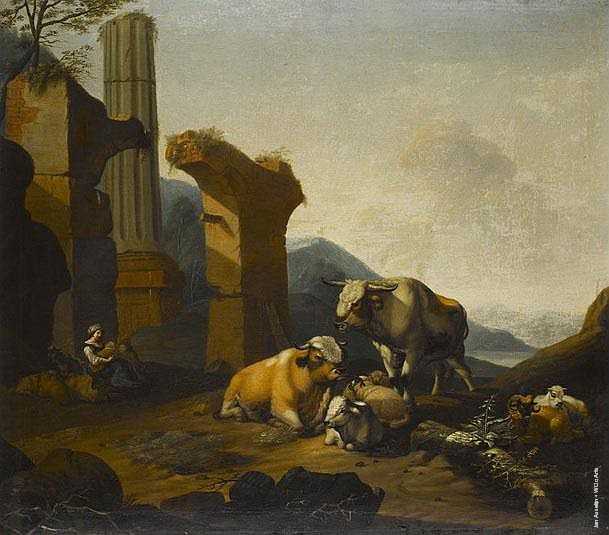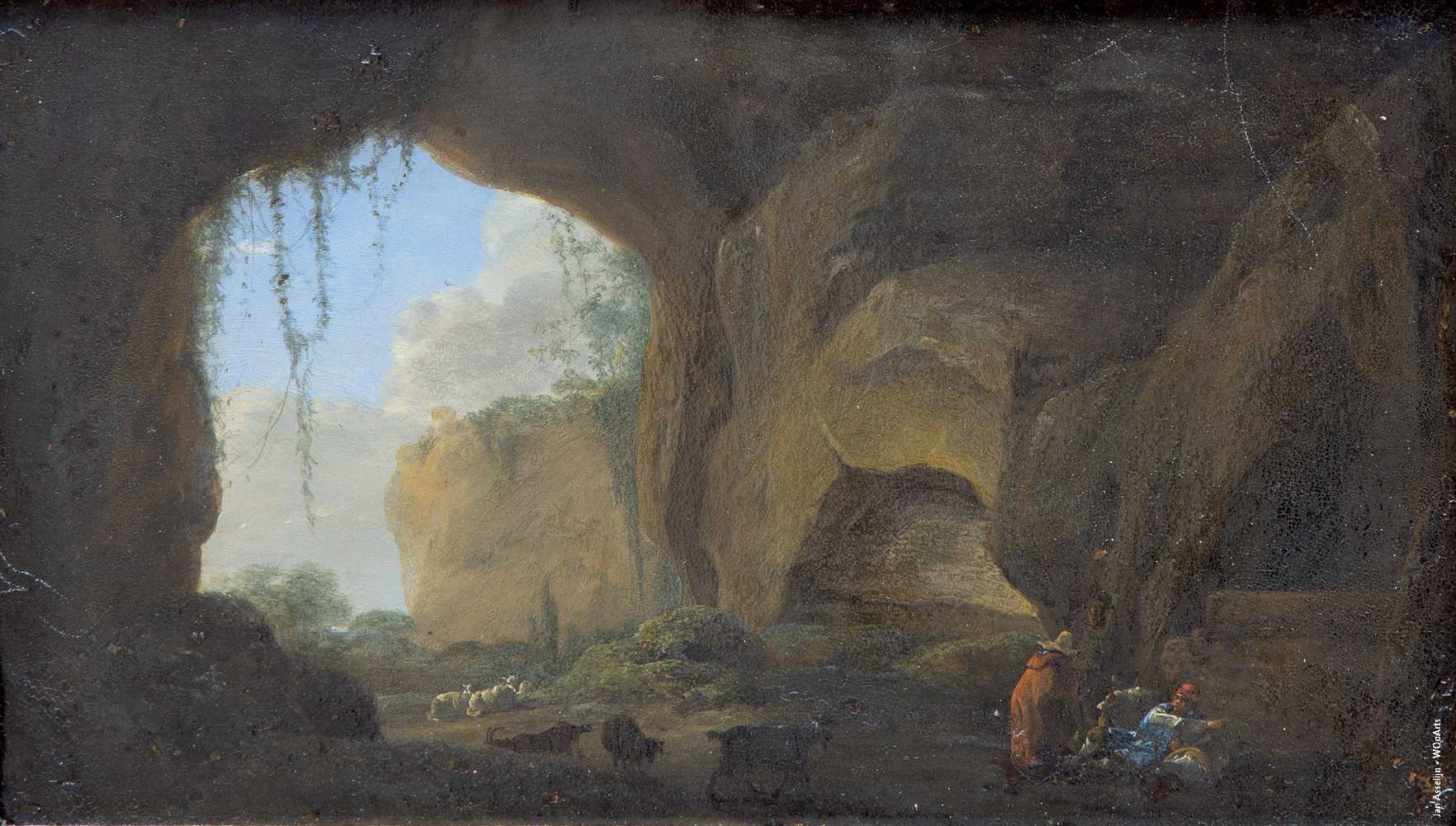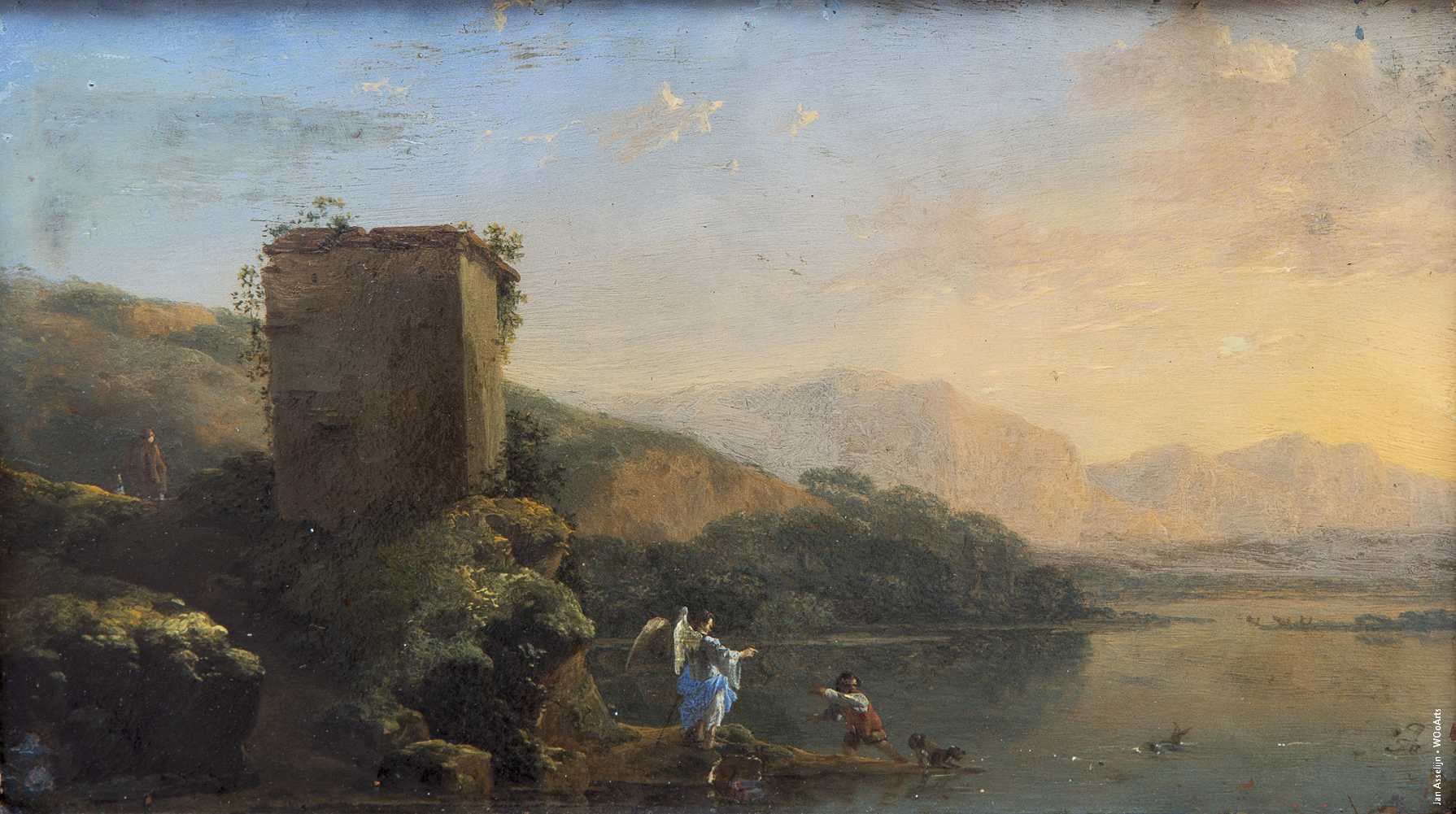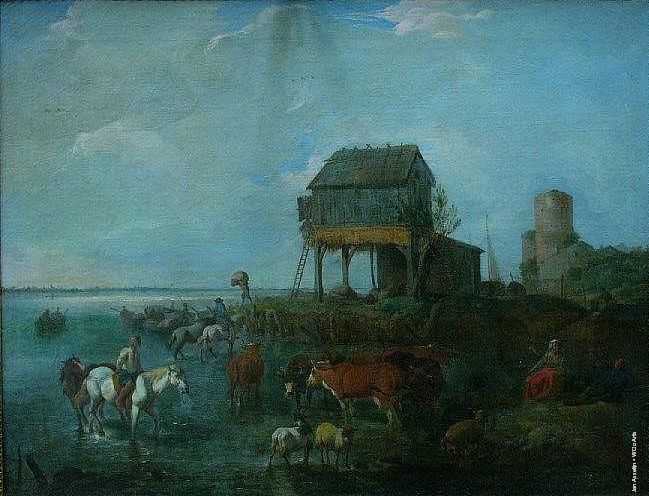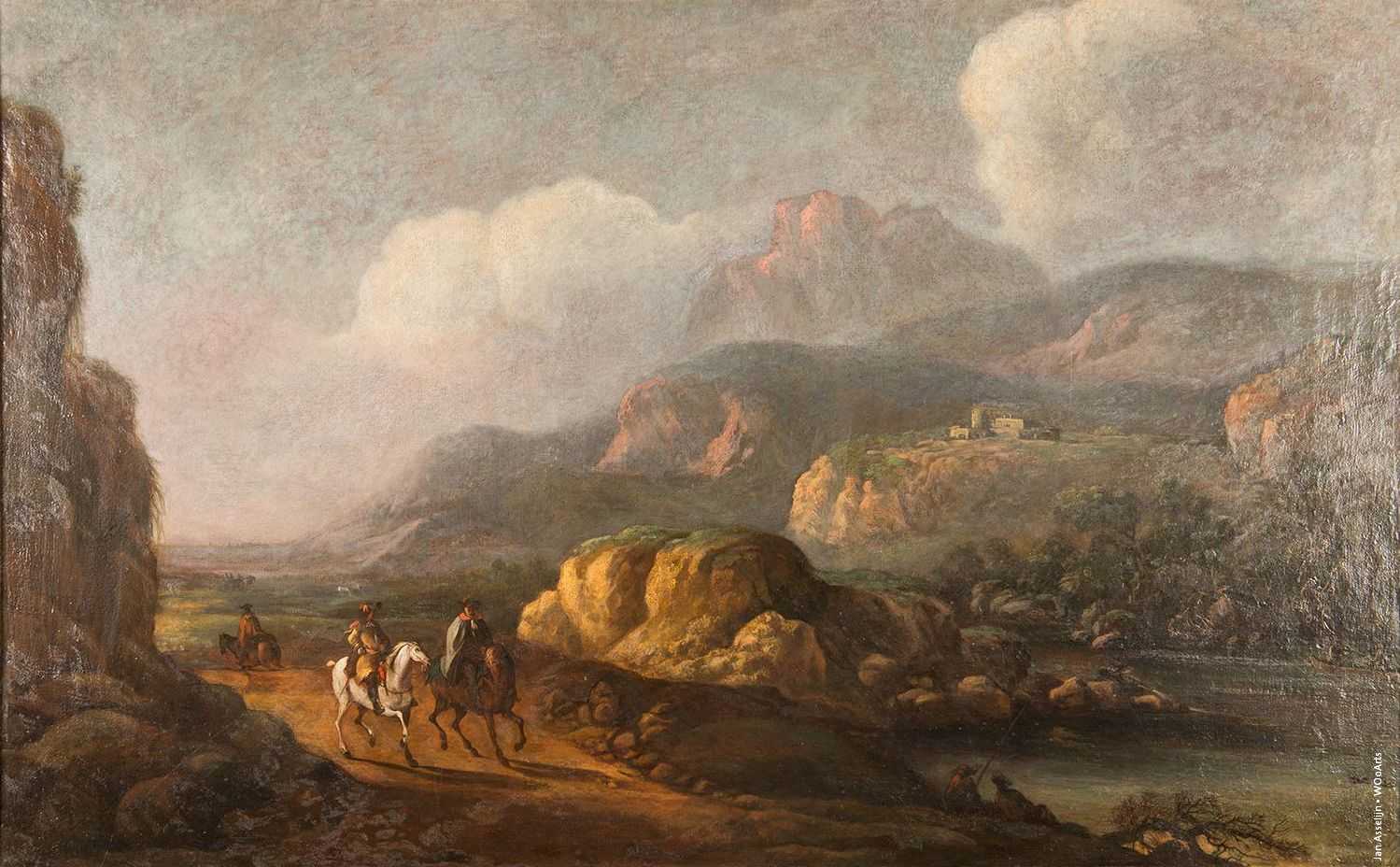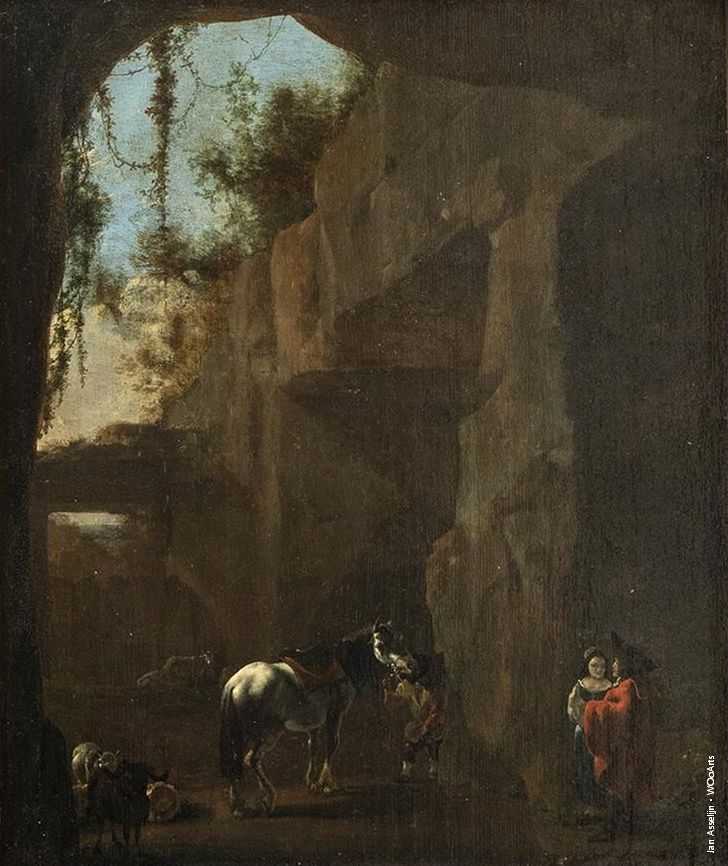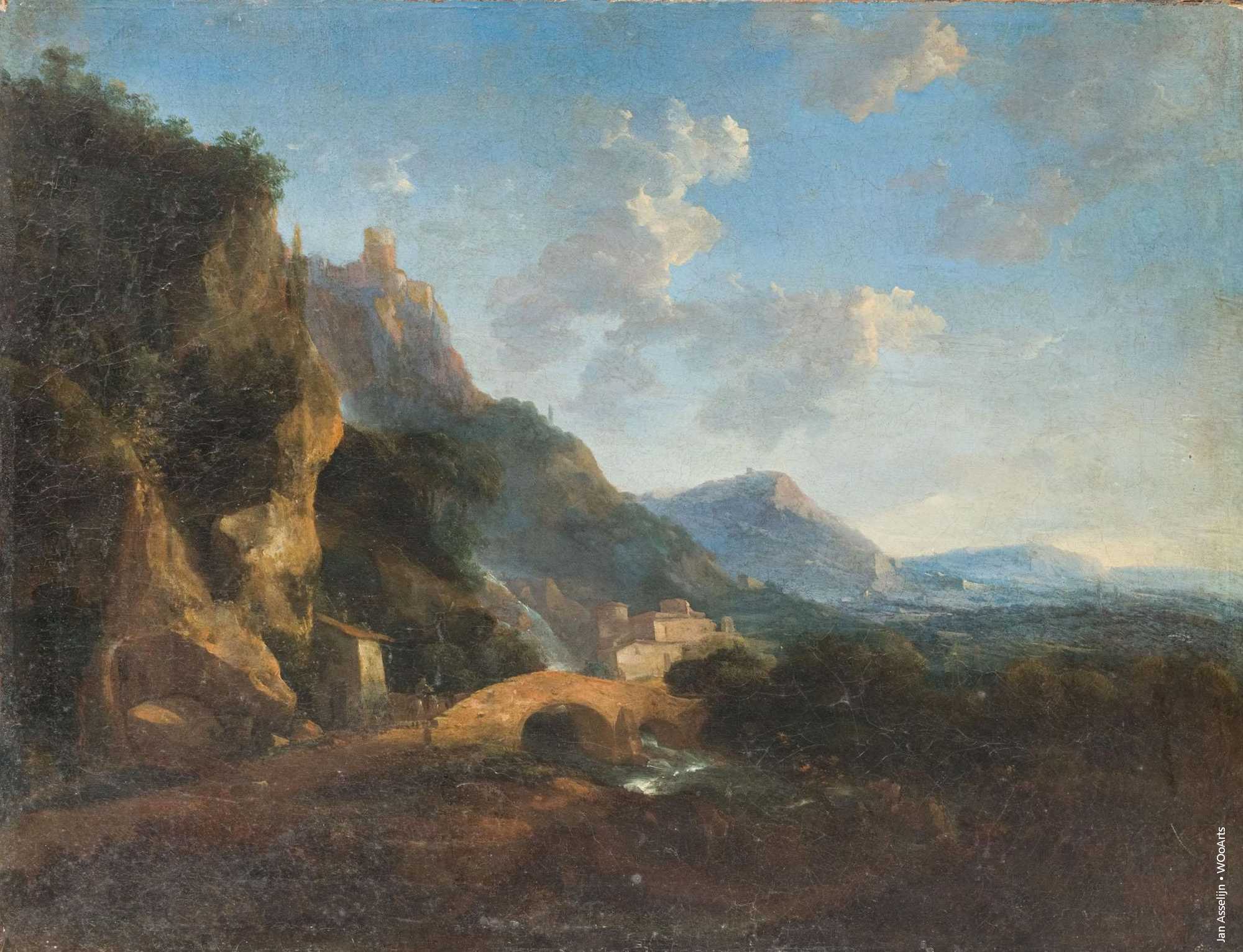Jan Asselijn: Master of Dutch Realism and Dramatic Landscapes
Jan Asselijn, a luminary of the Dutch Golden Age, carved his place in art history with a distinctive style that combined realism, drama, and an acute observation of the natural world. This critique explores the artistry of Jan Asselijn, examining the key elements that define his unique contribution to 17th-century Dutch painting.
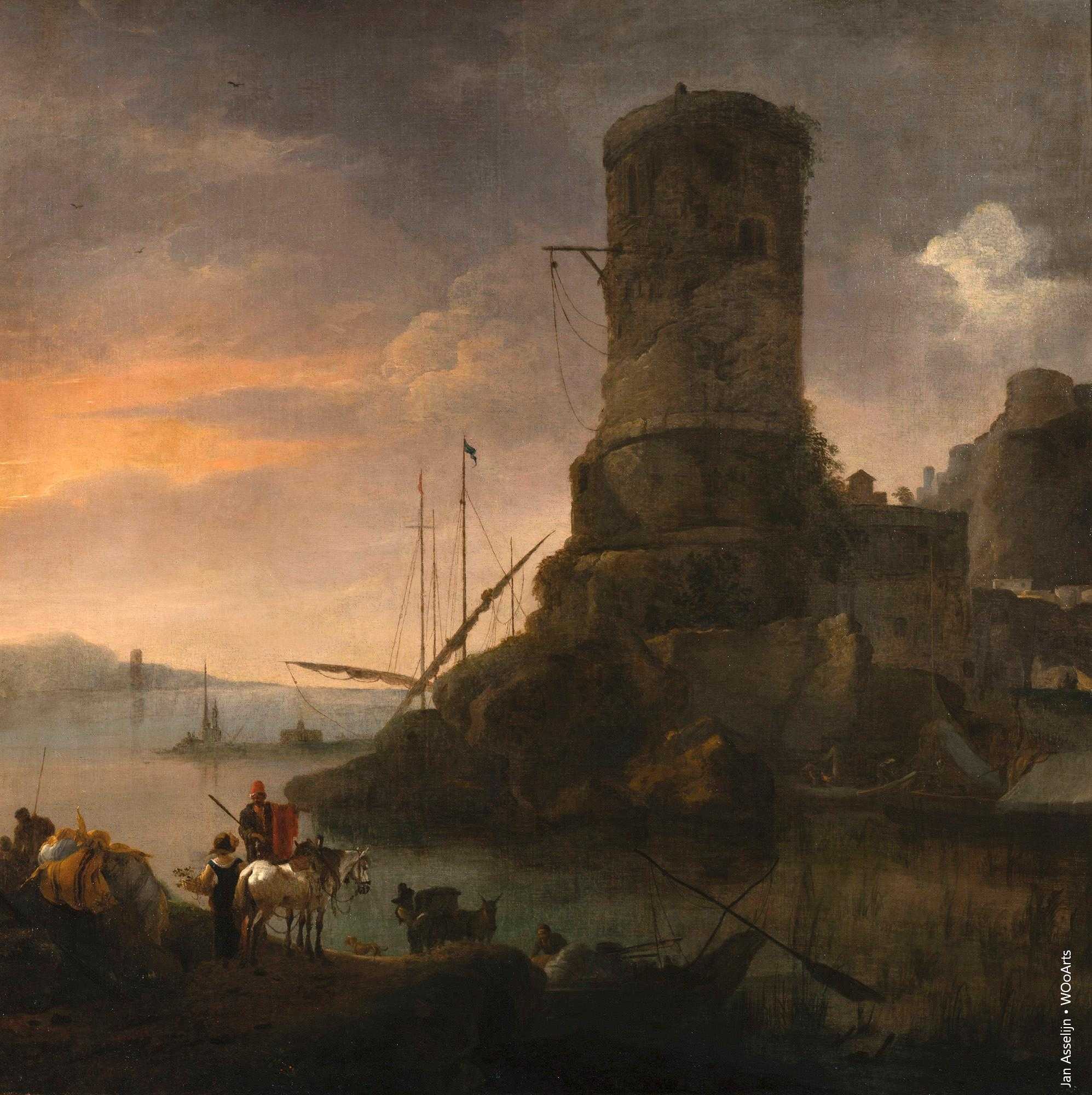
Takeaways:
- Realism in Wildlife: Asselijn’s wildlife paintings exhibit a commitment to realism, capturing the behavior and essence of animals with precision.
- Dramatic Landscapes: The artist’s landscapes are characterized by dramatic skies, dynamic lighting, and a theatrical quality that adds tension to his scenes.
- Italianate Influences: Asselijn’s time in Italy influenced his art, blending Dutch realism with the grandeur and drama of the Italianate style.
- Political Allegory: “The Threatened Swan” exemplifies Asselijn’s ability to convey political commentary through allegorical symbolism.
- Mastery of Light and Shadow: Asselijn’s skillful use of light and shadow enhances the realism and atmospheric quality of his paintings.

I. Realism in Wildlife Painting: Jan Asselijn is celebrated for his realistic depictions of wildlife, particularly birds and swans. His keen observation and attention to detail elevate his animal subjects beyond mere representation, capturing the essence of their behavior and environment. Asselijn’s wildlife paintings are a testament to his commitment to portraying the natural world with precision.
II. Dramatic Landscapes and Skies: A hallmark of Asselijn’s art style is the dramatic landscapes that serve as backdrops to his scenes. His skies, often filled with billowing clouds and dynamic lighting, create a sense of tension and movement. The interplay between light and shadow in his landscapes enhances the overall drama, infusing his works with a theatrical quality.
III. Italianate Influences: Asselijn spent time in Italy, and the influence of Italianate art is evident in his compositions. The grandeur of the Italian landscape and the theatricality of Baroque art left an indelible mark on Asselijn’s work. This fusion of Dutch realism with Italianate drama is a key aspect of his artistic identity.
IV. Political Allegory: One of Asselijn’s notable works, “The Threatened Swan,” is often interpreted as a political allegory. The swan, a symbol of purity and the Dutch provinces, is threatened by a dog, symbolizing the English monarchy. The painting is a powerful commentary on the political tensions of the time, showcasing Asselijn’s ability to infuse his art with deeper meanings.
V. Mastery of Light and Shadow: Asselijn’s mastery of light and shadow is evident in the nuanced play of sunlight across his landscapes. The subtle variations in illumination contribute to the realism of his scenes and evoke a sense of atmosphere. This technical prowess distinguishes Asselijn as a master of his craft.
Jan Asselijn’s art, marked by realism, dramatic landscapes, and subtle political allegory, remains a testament to the richness of the Dutch Golden Age. His ability to infuse his scenes with both naturalistic detail and symbolic meaning sets him apart as a master painter. Asselijn’s legacy endures as an influential figure whose work continues to captivate art enthusiasts and scholars alike.

Jan Asselijn: A Life in Art
Jan Asselijn (c. 1610 – October 1, 1652) was a prominent Dutch Golden Age painter and draftsman. He was a key figure in the development of the Italianate landscape tradition in Dutch art, and his work is characterized by its vibrant colors, dramatic compositions, and skillful depiction of light and shadow.
Early Life and Training
The exact details of Asselijn’s early life are somewhat unclear. He was likely born in Dieppe, France, around 1610, although some sources suggest he may have been born in Diemen, near Amsterdam. His family moved to Amsterdam when he was young, and it was here that he received his artistic training.
Asselijn’s teacher is a subject of some debate. Some believe he studied under Esaias van de Velde, a prominent landscape painter, while others argue that he was more likely to have been influenced by the work of Jan Martszen de Jonge. Regardless of his formal training, Asselijn’s talent was evident from a young age, and he quickly developed his own distinct style.

Travels and Influences
In the mid-1630s, Asselijn embarked on a journey that would have a profound impact on his artistic development. He traveled to France and Italy, where he was exposed to the work of the great Italian Renaissance masters. He was particularly influenced by the work of Claude Lorrain, whose landscapes were characterized by their idealized beauty and use of atmospheric perspective.
Asselijn’s travels also introduced him to the vibrant artistic scene in Rome. He became a member of the Bentvueghels, a society of Dutch and Flemish artists who lived and worked in the city. The Bentvueghels were known for their social gatherings and their shared love of art, and Asselijn flourished in this creative environment.
Return to Amsterdam and Artistic Success
Asselijn returned to Amsterdam in 1646, and he quickly established himself as one of the leading painters in the city. He was commissioned to paint a number of important works, including the “The Mill at Zaandam” (1646) and “The Halt at the Inn” (1648). These paintings demonstrate his mastery of composition, light, and color, and they helped to solidify his reputation as a major Dutch Golden Age artist.
Beyond Landscapes
While Asselijn is best known for his landscapes, he was also a skilled painter of portraits and genre scenes. His portraits are characterized by their realism and insight into human psychology, while his genre scenes offer a glimpse into the everyday life of 17th-century Holland.
One of Asselijn’s most famous genre scenes is “The Merry Family” (1649), which depicts a group of people enjoying a meal in a tavern. The painting is full of energy and humor, and it is a testament to Asselijn’s ability to capture the beauty and joy of everyday life.
Legacy
Jan Asselijn died in Amsterdam in 1652 at the young age of 42. Despite his short life, he left behind a body of work that has had a lasting impact on the history of art. His innovative use of color, light, and composition helped to shape the Italianate landscape tradition in Dutch art, and his work continues to inspire artists and art lovers today.
Asselijn’s paintings can be found in major museums around the world, including the Rijksmuseum in Amsterdam, the National Gallery in London, and the Metropolitan Museum of Art in New York City. His work is also highly sought after by collectors, and his paintings regularly fetch high prices at auction.
In conclusion, Jan Asselijn was a gifted artist who made a significant contribution to the Dutch Golden Age. His work is characterized by its vibrancy, beauty, and insight into the human condition. He remains one of the most important figures in Dutch art history, and his legacy continues to inspire artists and art lovers worldwide.
Further Reading
- Steland-Stief, Annette. Jan Asselijn (1610-1652). Amsterdam: Van Gendt, 1971.
- De Vries, Lyckle. Jan Asselijn: Leven en werk. Amsterdam: Canaletto, 2010.
- Rijksmuseum. Jan Asselijn (exhibition catalogue). Amsterdam: Rijksmuseum, 2011.
